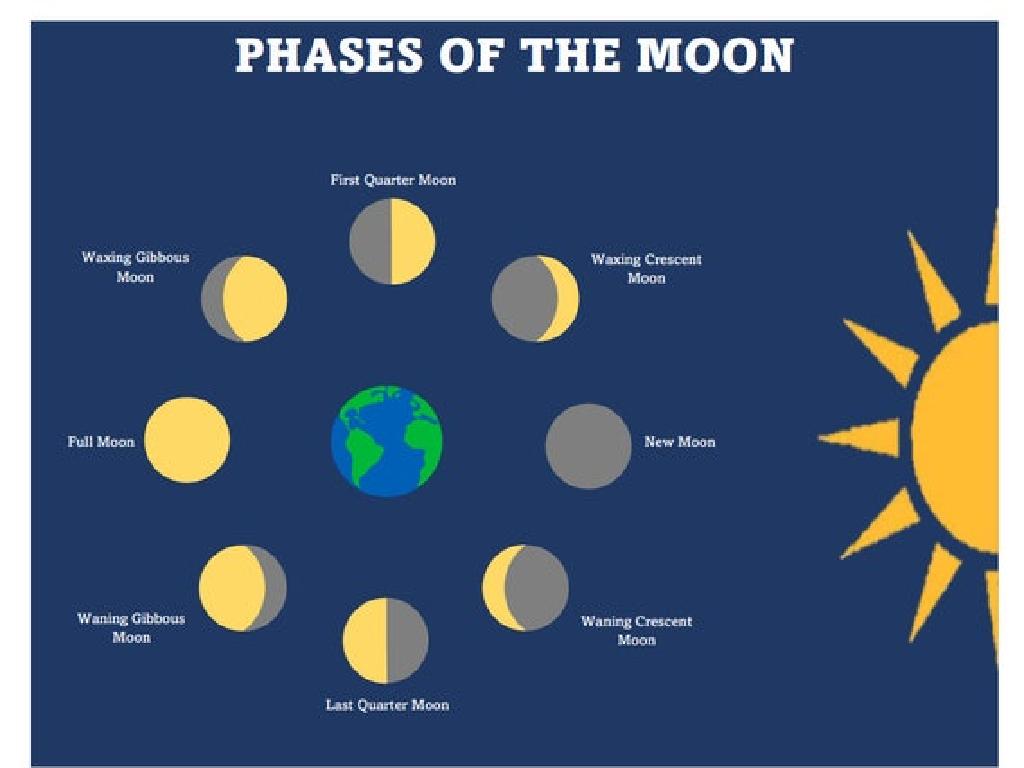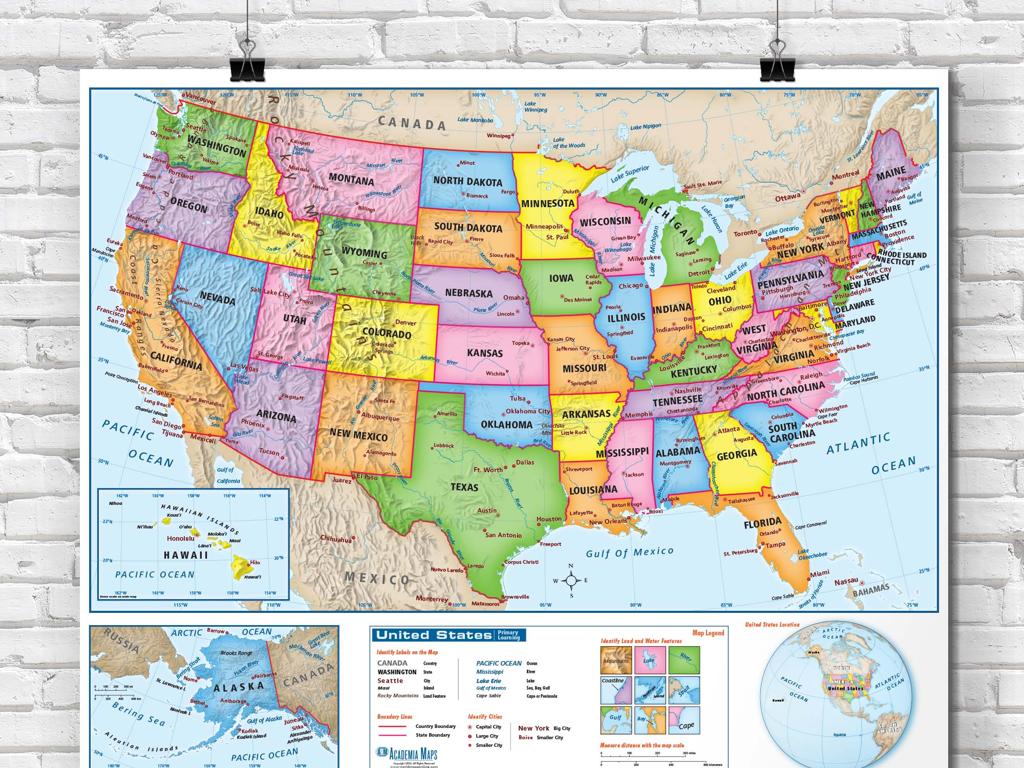Find Antonyms In Context
Subject: Language arts
Grade: Sixth grade
Topic: Synonyms And Antonyms
Please LOG IN to download the presentation. Access is available to registered users only.
View More Content
Understanding Synonyms and Antonyms
– Power of words in communication
– Synonyms: Words with similar meanings
– ‘Happy’ and ‘joyful’ are synonyms.
– Antonyms: Words with opposite meanings
– ‘Hot’ is the antonym of ‘cold’.
– Significance in language arts
– They enhance vocabulary and comprehension.
|
This slide introduces the concept of synonyms and antonyms, which are crucial for effective communication and language arts. Synonyms are words that have similar meanings and can be used interchangeably to add variety to writing. Antonyms are words with opposite meanings and are useful for contrasting ideas. Understanding these concepts is important for students as they enhance vocabulary, improve reading comprehension, and enable more precise expression in writing. Encourage students to think of synonyms and antonyms for words they commonly use and to consider how using different words can change the nuance of their sentences.
Exploring Antonyms in Context
– Define antonyms
– Words with opposite meanings, e.g., hot-cold, happy-sad
– Common antonyms examples
– Examples: fast-slow, light-dark, soft-hard
– Using antonyms for contrast
– Antonyms can show differences: ‘The soup was hot, but the salad was cold.’
– Practice finding antonyms
|
This slide introduces the concept of antonyms to the students, explaining that they are words with opposite meanings. Provide clear examples of common antonyms to help students recognize them easily. Discuss how antonyms can be used to create contrast in sentences, enhancing their writing and comprehension skills. Encourage students to think of additional antonyms and use them in sentences to express contrast. For practice, students can work on exercises where they find and replace words with their antonyms to change the meaning of sentences. This activity will help solidify their understanding of how antonyms work within the context of language.
Finding Antonyms in Sentences
– Identifying antonyms in context
– Look for words with opposite meanings in a sentence
– Using context clues for antonyms
– Clues include contrast words like ‘but’, ‘however’, ‘unlike’
– Practice with example sentences
– ‘The sun was hot, but the breeze was cold.’ – Identify ‘hot’ and ‘cold’
– Recognize opposite meaning pairs
– Words that are opposite in meaning, such as ‘big’ and ‘small’
|
This slide aims to teach students how to find antonyms within the context of a sentence. Antonyms are words with opposite meanings, and they can be identified by looking for specific context clues such as contrasting conjunctions and comparative phrases. During practice, students should look for these clues to help them determine the antonyms. Encourage students to share antonym pairs they find and discuss how context clues helped them. This exercise will enhance their vocabulary and comprehension skills.
Antonyms in Literature
– Purpose of antonyms in writing
– Authors use antonyms to create contrast and add depth to their work.
– Spotting antonyms in texts
– Look for opposite meaning words in poems and stories.
– Activity: Antonym search
– Find and highlight antonyms in a provided literary piece.
|
This slide introduces the concept of antonyms in literature and their significance in enriching an author’s writing by providing contrast and emphasizing differences. Students will learn how to identify antonyms within the context of poetry and prose, enhancing their comprehension and analytical skills. The activity involves students receiving a short excerpt from a literary work where they will be tasked with finding antonyms. This exercise will help solidify their understanding of the concept. For the teacher: Prepare a diverse selection of excerpts with clear examples of antonyms. Encourage students to discuss the effect of these antonyms on the text. Possible variations of the activity could include having students write their own sentences using antonyms or creating a classroom antonym word wall.
Using Antonyms to Improve Writing
– Enhance writing with antonyms
– Antonyms are words with opposite meanings that can make writing more vivid and interesting.
– Use antonyms to avoid repetition
– Instead of using the same word, find its antonym to make your sentence fresh.
– Exercise: Rewrite with antonyms
– Take a sentence and change key words to their antonyms to see how it changes the tone.
– Antonyms add emphasis and clarity
|
This slide aims to teach students how to use antonyms to make their writing more engaging and to avoid redundancy. Antonyms can provide contrast and prevent overuse of the same words. For the exercise, students should select sentences and creatively replace words with their antonyms to alter the meaning or add emphasis. This activity will help them understand the impact of word choice in writing. Encourage students to share their original and revised sentences, discussing how the use of antonyms changed the sentence’s impact. Provide guidance on using a thesaurus to find antonyms.
Class Activity: Antonym Hunt
– Explore the classroom for antonyms
– Find objects or words that are opposites
– Note down each antonym pair discovered
Examples: ‘hot’ and ‘cold’, ‘light’ and ‘dark’
– Share your antonym pairs with the class
|
This interactive activity is designed to help students understand antonyms by actively searching for them in their immediate environment. Encourage students to look for objects or words in the classroom that have opposite meanings. They can work in pairs or small groups to discuss and list down the antonyms they find. Provide examples to get them started, such as ‘hot’ and ‘cold’ or ‘light’ and ‘dark’. After the hunt, ask students to share their findings with the class, which will reinforce their understanding of antonyms and how they are used in context. This activity also promotes teamwork and communication skills.
Wrapping Up: Antonyms & Your Homework
– Recap: Understanding Antonyms
– We reviewed how antonyms are words with opposite meanings.
– Why Antonyms Matter
– Antonyms enrich language, allowing for precise expression.
– Homework: A Story of Opposites
– Write a creative story using 10 antonyms you’ve learned.
– Share Your Stories Next Class
– Be prepared to present your story and discuss the antonyms used.
|
As we conclude today’s lesson, remind students of the key points about antonyms and their significance in language. Emphasize how antonyms enhance communication by providing clarity and contrast. For homework, instruct students to craft a short story incorporating at least ten antonyms, which will help them apply their knowledge creatively. Encourage them to think about how antonyms can change the tone or direction of a narrative. In the next class, we’ll share these stories to appreciate the diverse use of language and to reinforce the understanding of antonyms in context.






